Harvesting Bass Fish in Georgia
What is a Fish Harvest?
Harvesting is one of the most valuable tools that pond owners can use for restructuring their fish populations to reach their pond goals. The term “harvest” or "harvesting" in the pond world refers to the removal of fish from a lake or pond with the intent of consumption and/or for the purpose of improving the balance of a fishery.
What is Biomass?
Due to ponds only being able to support a certain number– or biomass– of fish, the natural balance of predators (bass) and prey (bluegill) can often be skewed towards being too predator abundant if limited harvesting of predators has taken place in the past.
For example, in a bass/bluegill pond, ideally bluegill would greatly outnumber the bass giving them plenty to eat resulting in healthy bass growth.
However, with only a certain biomass of bluegill available and consistently successful bass reproduction, high competition for bluegill can occur amongst the increasingly large bass population. This is why many ponds have very high numbers of small bass, crappie, etc. and not many individuals growing effectively to larger sizes.
How to Improve Predator Growth
To improve predator growth and reduce competition for prey, removing a specified poundage of unhealthy predators or those occupying the most abundant size classes is recommended annually. For crappie, this is usually any individual <10”, and for bass, it is often 15-30lbs. of bass <14”.
What about a Prey Harvest?
In terms of prey harvest, this mainly applies to bluegill. Most ponds have bluegill as their “backbone” forage item, and many pond owners enjoy harvesting bluegill for consumption while still managing for largemouth bass growth.
For harvesting bluegill, a good rule of thumb is to harvest occasionally and only enough for the dinner table that day. Filling buckets and freezers every weekend can have a large impact on their population and takes away forage that could be going towards bass growth, so this is not recommended if your goals are to produce a quality largemouth bass fishery.
Catfish and Harvesting
Oftentimes, channel catfish won’t reproduce successfully due to their specific spawning requirements, but if they do, juvenile channel catfish receive little parental care, allowing largemouth bass to limit, if not eliminate all yearling channel catfish.
With that being said, the main purpose of catfish harvest typically isn’t to regulate overabundance like bass and crappie.
In ponds that have catfish but are trying to manage for bass growth, removing any catfish– but especially individuals >2lbs– is recommended.
At larger sizes, channel catfish compete with bass for bluegill and other forage. By removing them from the pond, more forage is available to go towards bass growth. Channel catfish can also take fish food away from bluegill at fish feeders, making them more bothersome in a bass-focused scenario.
At catfish ponds where catfish are the only predator or are a preferred species, you may harvest as many catfish as desired. Catfish are usually a “put-and-take” fish that don’t usually have successful reproduction and are affordable to restock.
Final Thoughts
Given all of the general background of harvesting, the most effective way to accurately determine specific numbers and size classes of each species in your pond is with an electrofishing survey. This will allow our biologists to identify the current health of predator and prey populations to provide proper harvest recommendations for achieving your pond goals.
-Kelson Shepherd, Fisheries Technician
